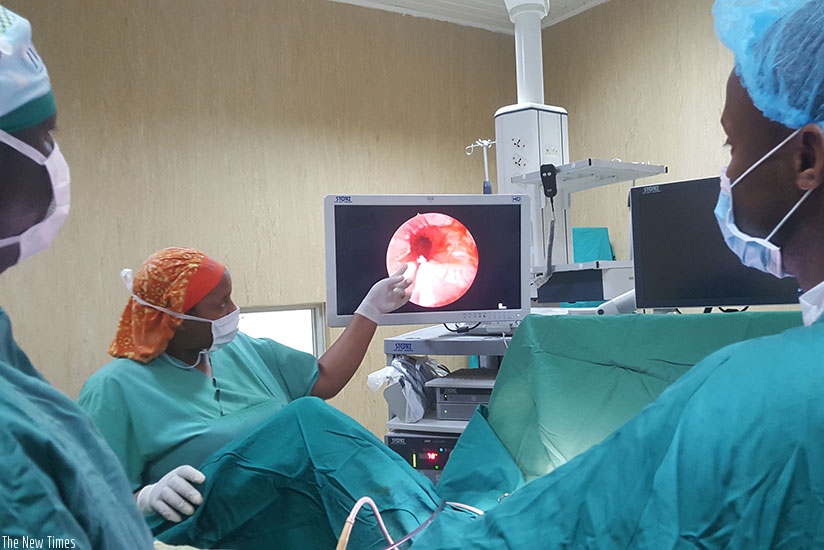The urethra is the tube that allows passage of urine from the bladder so that it can be expelled out from the body.


The urethra is the tube that allows passage of urine from the bladder so that it can be expelled out from the body.
Usually the urethra is wide enough for urine to flow freely through it. When the urethra narrows, it can restrict urinary flow. Urethral stricture refers to any narrowing of the urethra for any reason whether or not it actually impacts the flow of urine out of the bladder.
Urethral stricture is significantly more common in men and boys compared to women and girls. This condition is considered rare in females.
Any inflammation of urethra can result in scarring, which then can lead to a stricture or a narrowing of the urethra. Trauma, infection, tumours, surgeries, or any other cause of scarring may lead to urethral narrowing or stricture.
Some men have a higher risk of developing urethral strictures such as people who had one or more STIs, or a recent catheter (a small, flexible tube inserted into the body to drain urine from the bladder) placement, or urethritis (swelling and irritation in the urethra) possibly due to infection, and people with an enlarged prostate
Symptoms of urethral stricture can range from no symptoms at all (asymptomatic) to mild discomfort to complete inability to urinate (called urinary retention).
Some of the possible symptoms suspicious of having a urethral stricture include; difficulty starting urine flow, painful urination, recurrent urinary tract infections, feeling of incomplete emptying of the bladder after urination, decreased urine scream, dribbling of urine, and having to urinate many times than usual, especially at night, and many others.
The diagnosis of a urethra stricture is made based on history, physical examination, and there are some tests that are usually done to confirm presence of the stricture and distinguish it from other conditions with similar symptoms, such as an enlarged prostate. These tests also help to determine the stricture location and its length, the number of strictures present; all this which help to determine which type of treatment the patient will receive.
Tests which are commonly carried out to determine if one has a urethral stricture include measuring the rate of flow during urination, tests for sexually transmitted infections especially, gonorrhoea and chlamydia, special urethral imaging (X-rays or ultrasound), inserting a small tube with a camera into the urethra to view the inside of the bladder and urethra (called urethroscopy).
With this test (urethroscopy), the doctor gently places a small, bendable, lubricated tube attached to a tinny camera (a small viewing instrument) and connected to a big screen, into the urethra. It is moved up to the stricture. This lets the doctor see the narrowed area and he can widen the narrowed area immediately during the procedure. This can be done in the urologist’s office and usually needs no anaesthesia and it helps your doctor to decide how to treat the stricture.
There are many treatment options depending on the size of the blockage and how much scar tissue is involved; dilation to enlarge the stricture, cutting the stricture with a laser or knife through a scope, surgical removal of the stricture with either reconnection or reconstruction of urethra using tissues from other parts of the body such as mouth.
There are no available drugs to help treat strictures.
Without treatment, you will continue to have problems with emptying the bladder. Urinary and/or testicular infections and stones could develop. Also, there is a risk of urinary retention (when you can’t pass urine), which could lead to an enlarged bladder and kidney problems some of which can be irreversible, hence the need for early treatment of urethral strictures.
Urethral stricture is not completely preventable as most common causes are related to injury, trauma, instrumentation, or unpreventable medical conditions. Sexually transmitted diseases such as gonorrhoea or chlamydia, which also can lead to urethral stricture should be treated promptly and prevented by using condoms.
Maximum caution should be taken by medical workers whenever a urethral catheter is to be inserted (use a lot of lubricating jelly, smallest possible catheter needed and the catheter should be put to stay for the shortest time needed.
Dr Ian ShyakaResident in Surgery, Rwanda Military Hospitaliangashugi@gmail.com


